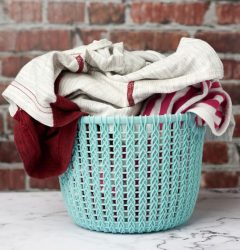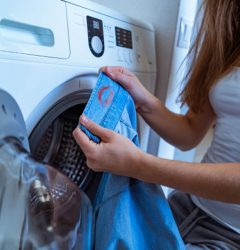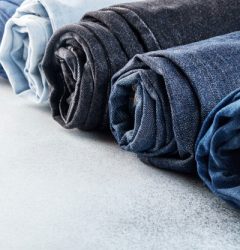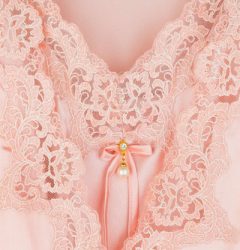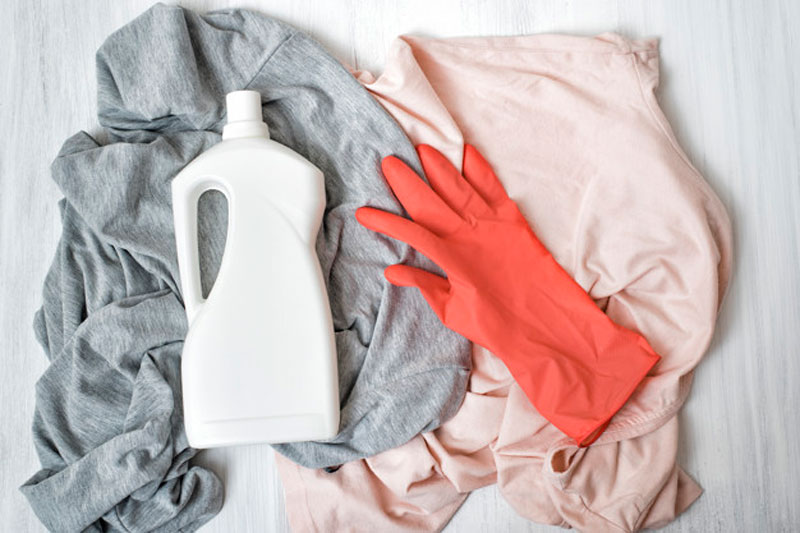
9 secrets to stopping colors from bleeding
The biggest secret to minimizing color bleeding lies in choosing clothes that are less likely to bleed. According to our specialist’s experiences in London Dry Cleaning Company, There are about 9 secrets to stopping colors from bleeding and fading in washing.
The first step is about knowing what the color bleeding meaning is.
It happens with the fabric gets wet, and dye leaches out into the water. For example, this occurs when a red sock invades your white underwear load, leaving them pink.
Why does occur color bleeding?
There are many reasons as to why colors crock, fade or bleed. Some of these reasons are:
– It occurs when clothing manufacturers rely on ineffective dying techniques or cheap dyes.
– The dyes are simply unstable or not permanently set in the fabric.
– Manufacturers over dye clothes so they’ll appear brighter and more vibrant in the store, but then fade the first time you wash them.
Red and orange dyes are notoriously vulnerable to bleeding, so these colors require extra vigilance on the part of the consumer.
Running dye that can be controlled
The following are avoidable through monitoring:
- Overcrowding the washer and using harsh detergents can take a toll on fabrics. It causes micro-breakages in the fibers that force dyes to bleed out.
- Overusing bleaching products and excessive exposure to the sun cause fabrics to fade and release dyes.
- Subsequent submersion of fabrics in hot water allows dyes to wash out in the long run.

9 secrets to prevent bleeding and fading clothes in washing:
1-Labels
When you shop, some instructions like, “Color May Wash Down,” “Color Rubs Off,” “Do Not Use Detergent,” “Turn Inside Out to Launder,” “Wash Before Wear,” or “Use Cold Water,” are an awareness to avoid them.

2- Separate items
Wash white items by themselves the first time you launder them to rinse out any loose or unstable dyes, just in case. So, even colorfast fabrics shouldn’t be tossed in the washing machine with your favorite white shirt.
3-Appropriate fabrics
Choose clothing made from synthetic fibers to reduce problems with color bleeding furthermore. Polyester or nylon are two samples. Materials like cotton or wool doesn’t hold on to color in comparison with synthetic fibers.
4-Cold water
After you’ve chosen more fade-resistant fabrics, changing up your laundry techniques can help you stop the risk of color bleeding.
Many people believe that washing clothes in hot water, get them cleaner. With modern detergents, washing clothes in hot water is unnecessary and maybe downright harmful. As Hot water opens up the fibers in clothes to release the dye, cold water keeps them closed.
On the other hand, Choosing the cold setting on your washing machine may also help clothes last longer.
5-Color-catchers sheets
If you still worry about color bleeding, even after taking all the necessary precautions, use some color catchers. They’re designed to catch loose dyes in the washer before they transfer to your clothes.
Stopping red fabric from bleeding is a big issue because these colors tend to be less stable and are more likely to bleed than other hues. In these cases, Color catcher sheets can be particularly helpful when dealing with red or orange dyes.
6-Vinegar
Prevent color bleeding with white vinegar. Hard water transfers colors in the wash more easily, but it is easy to soften the water with 1/2 cup of vinegar when you wash.
7-turning items inside-out
To reduce friction that leads to fading and bleeding on the outside, you can turn clothes inside-out.
8- Dye Fixatives
Treat fabrics with color mordants or fixatives. Dye fixatives reduce colorants from bleeding out of fabrics where the dye has not been properly washed out.
9- Test for colorfastness using an iron.
Colorfastness indicates how well a piece of clothing maintains its dyes. You can test for colorfastness by ironing some white fabric onto a damp portion of your garment. If the white fabric absorbs any color, the garment is not colorfast and it is prone to bleeding in the wash.

Bleeding colors is a common problem experienced by lots of consumers. Whether it is cotton, denim, twill, wool, or any other textile, all colored fabrics may bleed when placed under too much stress.
The good news is that you can protect your clothes from bleeding by following the tips listed above. Additionally, we are here to accept your online order too.
If you have more laundry-related questions, check out the Blog posts to learn all about how to treat your clothes in the wash properly.
